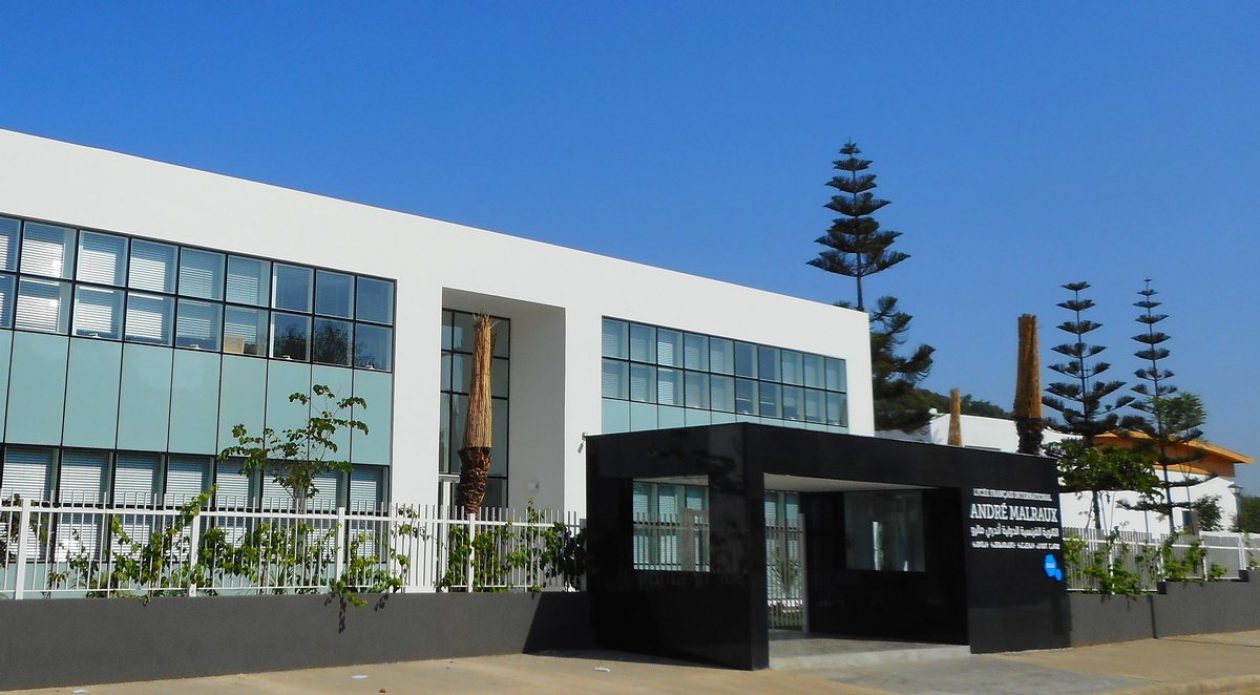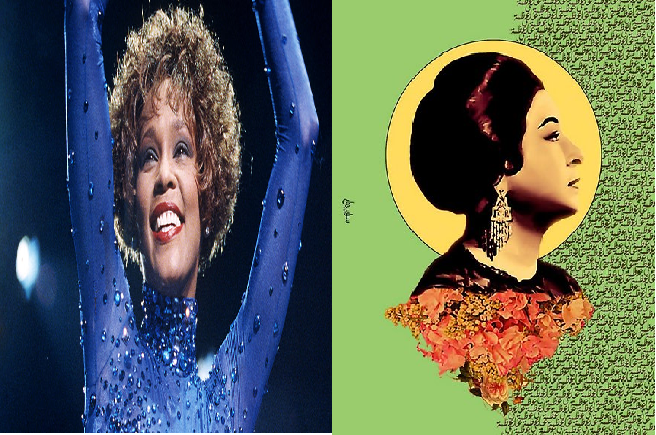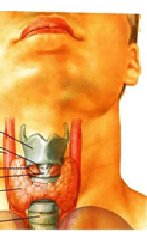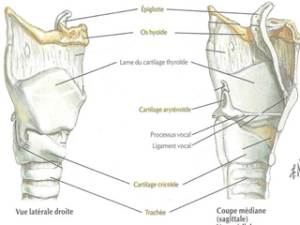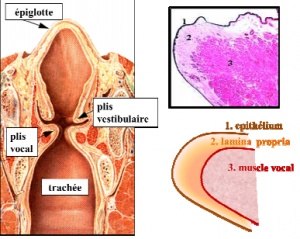The voice:
The voice, a sound produced by many factors, it is a part of our identity.
It is the beauty that you cannot see, that can make people smile or cry.
Wherever you are, you’ll always hear a voice: nature’s whispers, a child crying or a playground noise, that voice!
it’s surrounding us.
In this article we are taking the example of Whitney Houston in order to discuss about the scientific side of the voice by the human body and about the possibility of having a gene that confers an advantage and finally, how can we improve our own voice?
Get to know Whitey Houston
Whitney Houston was born on August 9, 1963 in Newark, New Jersey. Her mother was a gospel singer and her cousin was a R&B singer Cissy Houston.
The legendary music executive Clive Davis signed Whitney Houston to a recording contract with Arista Records in 1983 after seeing her performance in a nightclub.
She immediately, since her debut, faced a huge success and became an icon of the pop/R&B singer.
She married the famous R&B singer Bobby brown in 1992 but they ended up divorcing in 2007 because of his problems with the law and domestic violence against woman. She died due to an overdose in 2012.
The scientific side of singing
The larynx is your own musical instrument. It contains vocal cords, which vibrate to produce your voice, but the type of sound created depends on multiple factors:
-Breathing
-Phonation: the rapid vibration of the vocal chords due to breathing creates the sound waves in the air (the tone)
– loudness: The amount of air getting out of the lungs controls the intensity of the sound, so a greater exhale of breath will generate a louder sound.
– the pitch: it is determined by the speed of the vocal folds vibration . A slower vibration will produce a lower note and a faster one will produce a higher note. The thickness and the length of your vocal folds influence the pitch produced when vibrating. This is why men, who typically have thicker and longer vocal folds than women, they also have deeper voices.
-Resonance: The shape and size of their vocal folds play a part in the resonance, but also the resonance is measured by the size of their mouth, throat and nasal cavities. These are the body’s natural resonators, meaning they can help enhance the tone and intensity of the voice. So there isn’t exactly a gene that confers a beautiful singing voice but the one that codes for the thickness and length of the vocal chords that plays the biggest role in a person’s singing voice.
Some people are just born with a naturally great singing voice. You may not be able to control the natural tone of your voice, but you can adjust the style by making use of particular resonance chambers in your body.
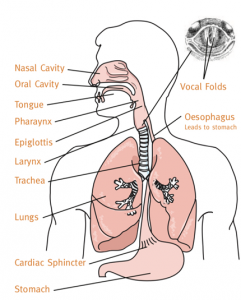
Whitney Houston’s voice:
“No Auto-Tune, no lip syncing, no fancy tricks. She was called the “Queen of Pop” and, indeed, she played a big part in the genre of pop music.” Although now, it’s more “pop” than “music,” with digital enhancements, for Whitney, it was all about voice. Whitney was the woman who showed young girls that a voice is what makes music.
Countless singers today set her as their role model.
Houston never took singing lessons, she often used bad techniques but that doesn’t mean she didn’t sound good, you can still sound good even with bad technique. Technique doesn’t change what you have, it helps to maximize your abilities and to developpe it and use it safely. A naturally gifted person like Houston can sound great but sing incorrectly.
She was known for using the melisma, she had 5 range octave.
But unfortunately, she damaged her voice at the end of her career because of drugs and the use of a lot of bad techniques such as forcing her vocal chords (high larynx); vibrato caused by moving the jaw up and down taking chest voice up to high ( Chest voice refers to that lower, thicker, and warmer tones and head voice is higher pitched).
How to improve our singing
Anyone can become a better singer with the right training. The problem for most bad singers is their inability to imitate the correct notes. Perceiving the notes isn’t the problem but when it comes to controlling the tension of the vocal chords to match the same pitch, they often struggle.
By improving :
-your proper singing posture (standing; head up and relaxed);
-your breathing ability;
-knowing your own range;
-learning to recognize a sound and obviously taking care of your voice
You will naturally improve your singing ability to carry a tune. Moreover with plenty of practice and vocal coaching, the brain can be reprogrammed to give the larynx muscles the correct instructions to produce the right sounds
In conclusion, a lot of factors play a big role in the creation of the voice: The larynx and the vocal folds are the most important ones. There isn’t a specific gene that confers an advantage for a better voice. But we can reach a certain level with vocal coaching and learning good techniques. Whitney Houston was gifted, she had an extraordinary voice but unfortunately the bad techniques and bad lifestyle ended up damaging her voice.
Safa & Rim.
